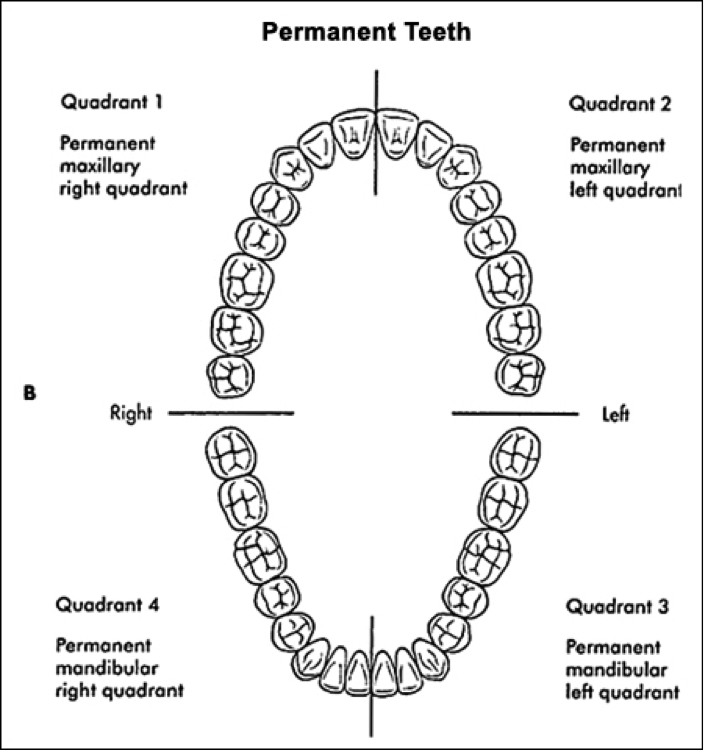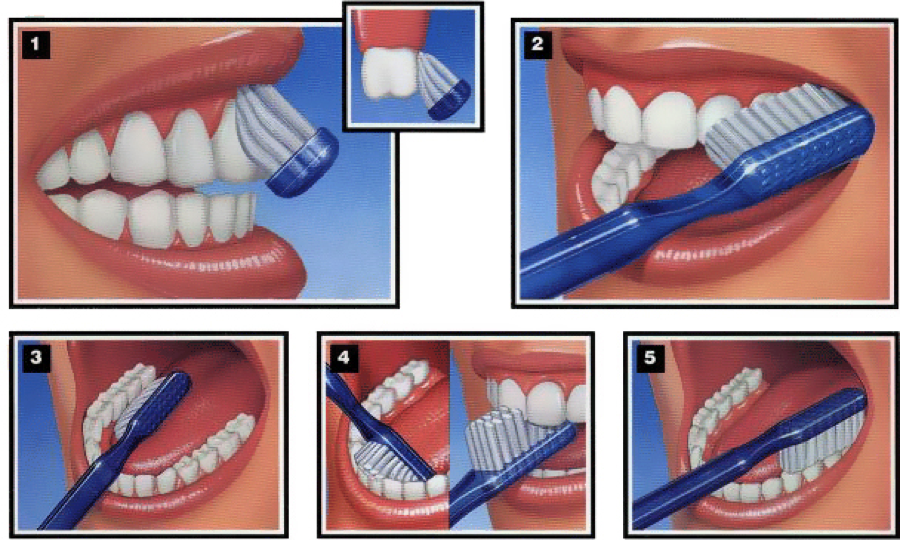Since Childhood, you’ve heard the same old story about tooth care: brush twice a day for two minutes, floss nightly, and no food between brushing and bed. However, this isn’t the end of the story. In today’s fast paced world, we are all looking to optimize our efforts spent on healthcare and grooming. By following these ten easy steps, you can maximize your home oral hygiene while saving time, money and headaches!
1. Brush 30 minutes before your first meal and 30 minutes after your last meal. Brushing twice a day is an important and well-known standard of home hygiene. However, the timing of brushing can also be influential on the outcome of your efforts. Brushing before breakfast helps remove the bacteria and biofilms that build up during sleep, while brushing after dinner removes any food particles that could potentially sit in your mouth all night as you rest. But why wait 30 minutes before and after? This has to do with the acidity of food and the abrasiveness of toothpaste and toothbrush bristles. Brushing directly after a meal can have the same effect as removing old paint with acetone and a wire brush. The combination of low pH and rough scrubbing can be corrosive enough to remove enamel and actually weaken tooth structure. The 30-minute period lets your saliva naturally readjust your mouth’s acidity and remineralize teeth before rigorous cleaning.
2. Instead of brushing for two minutes, brush for 30 seconds in each quadrant of the mouth. This small change in thinking makes sure that you tackle each area of the mouth with equal attention. Focusing on areas that catch food is good, but the true benefit of brushing is reached when no area of the mouth is neglected or forgotten.
The mouth can be divided into four quadrants: Upper Left, Upper Right, Lower Left and Lower Right
3. Reposition your toothbrush to reach your gums. Many people hold the toothbrush bristles 90 degrees to both the biting surfaces and sides of teeth. In reality, the bristles should be positioned at 45 degrees to where the teeth and gum meet for the majority of brushing. While brushing the biting surfaces of teeth is still important, the space between your teeth and gums is an often neglected hotspot of bacteria. This space, known as the gingival margin, is both difficult to reach and easy for bacteria to cause inflammation, decay and gum recession.
Hold the brush at a 45 degree angle, unless you are addressing the biting surfaces of the teeth.
4. Consider switching to an electric toothbrush. Electric toothbrushes offer a wide variety of advantages over standard manual units. The added motion of mechanical or ultrasonic motors allow bristles to reach difficult areas, while built-in safety features can minimize overly aggressive brushing and abrasion. The most important features to look for in an electric brush is a small brush head (to reach your entire mouth) and built in timer (set to two minutes).
5. Bad breath? Look beyond mouthwash. Bad breath is a problem that plagues many patients. Mouthwash is often viewed as the best (and only) solution to this condition, with many patients using it multiple times throughout the day. Unfortunately, mouthwash is only as effective as long as the minty smell lasts, and the low pH of many consumer mouthwashes can lead to further tooth decay. The best way to cut back on bad smelling breath is to start flossing correctly (see below) and brushing the tongue. Tongue brushing is done by holding your brush 90 degrees to the tongue and brushing away from the face.
6. Focus on flossing correctly. The absolute best step to boost your home hygiene routine is to start/keep flossing once a day. Using the floss to break the contact between the teeth is a good start, but the true benefit of flossing arises when you go below the gum line. This can be accomplished via the “scoop the tooth” method. Once the floss is between the teeth, use it to “scoop” around both of the touching teeth. This allows the floss to dislodge bacteria and food that live in the gingival margin between teeth. Those with braces, bridges and dental appliances should use threader floss to make sure they can reach behind wires and other structures.
How to floss: 1. pull off a forearm's length of floss. 2. put tension on the floss. 3. Break the contact between the teeth. 4. floss between the teeth, between the back tooth and gums and between the front tooth and the gums. Flex the floss with the tooth to "scoop the tooth."
7. Follow up meals with a water rinse and xylitol product. While you might feel the strong urge to brush following a meal or snack, you are better off waiting until your mouth remineralizes before taking a brush to them. The best way to dislodge food particles, avoid staining and prevent decay after meals is to rinse with water and chew gum/mints containing xylitol. Xylitol is a plant based sweetener that interrupts bacteria’s’ ability to make tooth destroying acid. It is completely natural (our bodies make a small amount every day) and is an ingredient used in most sugar free gums.
8. Keep snacking to a minimum. Any time a food product or drink is consumed, our mouth pH turns acidic for about 30 minutes. This happens with almost every type of food, no matter how much (or little) you are eating. Over time, this acidic environment can weaken tooth structure and lead to rampant decay. Hence, snacking, or frequent eating, can be as damaging to a mouth as a sugary, carbohydrate heavy diet. For example, eating a small dessert after both lunch and dinner only leads to two exposures of 30 minutes of acidity. However, eating five baby carrots once an hour for an eight-hour workday would lead to 4 hours of acidity. Yikes!
9. Get Fluoride exposure. Fluoride is a safe and highly effective way to effortlessly boost your oral health. Fluoride works by allowing the calcium-phosphate found in our diets to reenter the tooth structure and remineralize enamel. In addition to being found in most commercially available toothpastes, the Southern California water supply has been fluoridated for many years. Drinking tap water or most filtered waters will give you a preventative dose of fluoride.
10. Report changes in oral health/eating habits/lifestyle at your cleanings. Dental cleaning and home care are no longer addressed in a “one size fits all” approach. Letting our staff know about changes in your diet, medications or lifestyle can allow them to suggest changes to your routine or new supplements to better aid in home care. Remember, we are always here to help you reach a beautiful and healthy smile!





